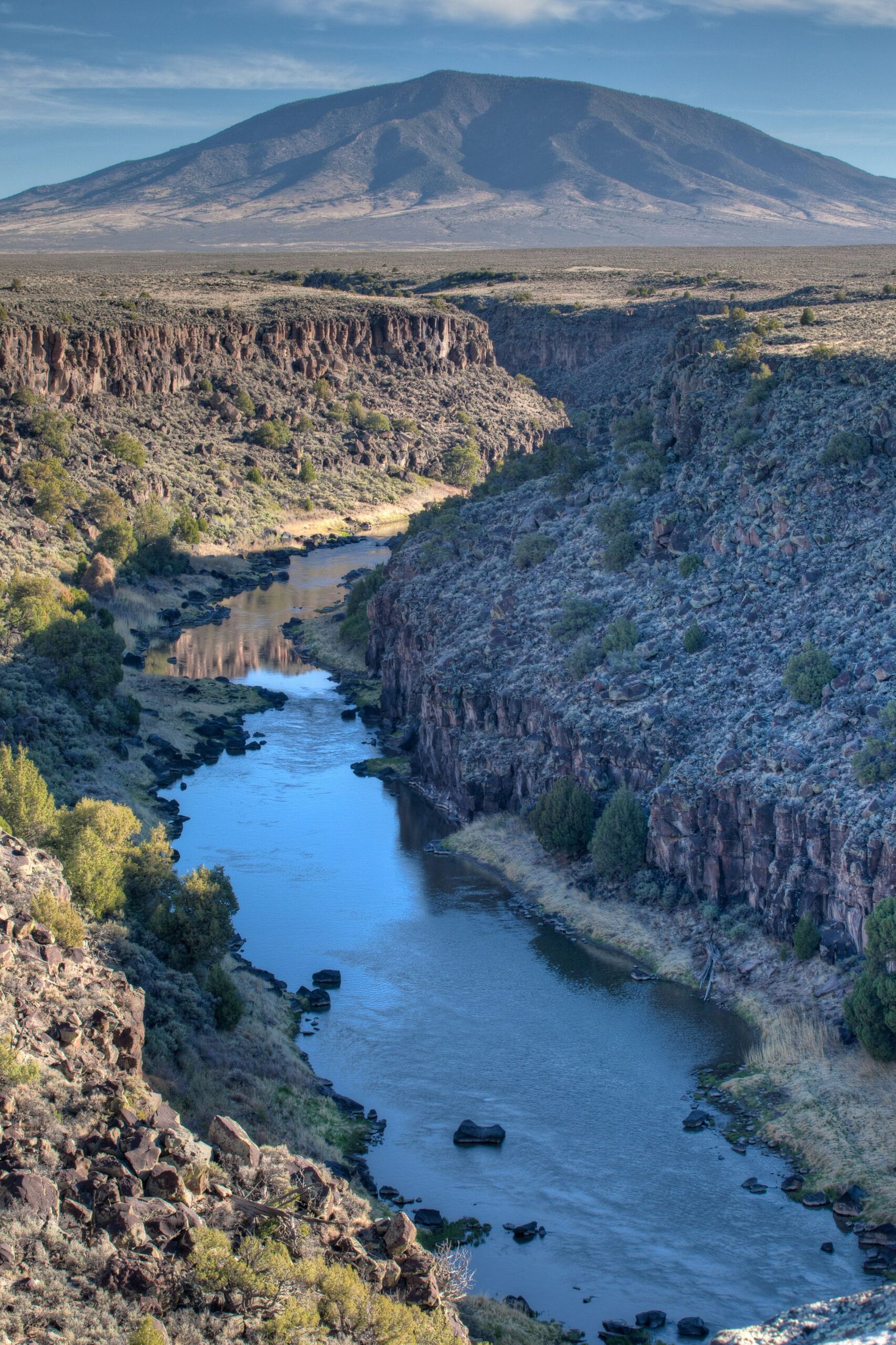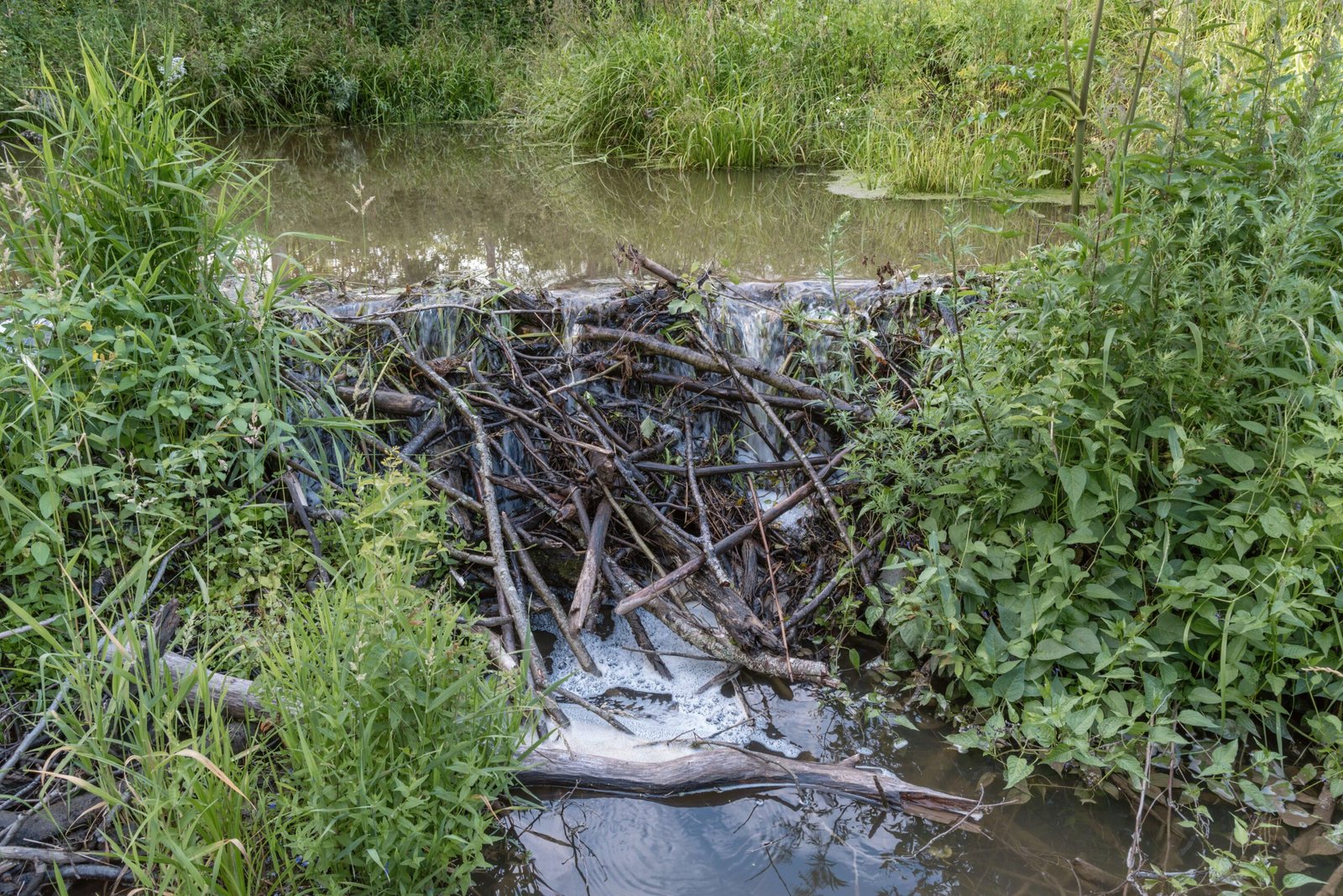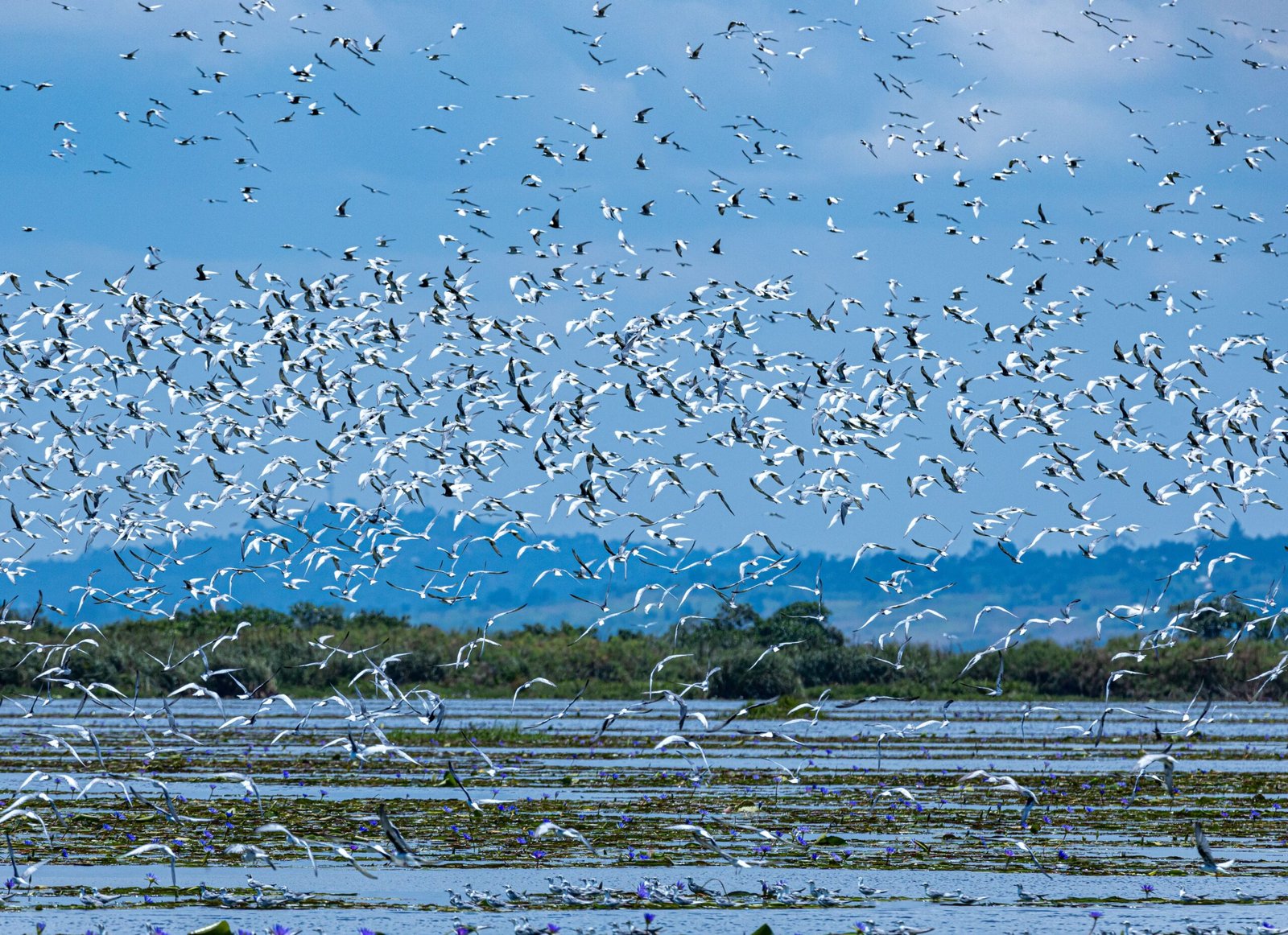Picture a wild landscape, scarred by decades of change. Now imagine that simply bringing back a single animal could set off a chain reaction so powerful it actually shifts the course of a river. It sounds like the stuff of fairy tales—yet it happened in Yellowstone National Park. When gray wolves returned after nearly seventy years of absence, the land itself seemed to wake up. Forests grew denser, animals moved differently, and the riverbanks reshaped. The story of Yellowstone’s wolves is not just about wildlife; it’s a breathtaking lesson in how deeply interconnected nature truly is. Let’s explore how the howl of wolves transformed not just the ecosystem, but the very bones of the land.
The Disappearance of Wolves: A Broken Balance
For much of the early twentieth century, wolves were hunted to extinction in Yellowstone. People feared them, blaming them for livestock losses and viewing them as threats to game animals. By the 1920s, not a single wolf remained in the park. Without their natural predator, elk populations exploded. These large herbivores grazed relentlessly on young trees, especially willows and aspens. Overgrazing stripped riverbanks bare, leaving the land vulnerable. The absence of wolves set off a silent but devastating imbalance, slowly unraveling the intricate web that held the ecosystem together.
Wolf Reintroduction: A Bold Experiment

In 1995, Yellowstone National Park took a daring step—fourteen gray wolves were released back into the wild. This decision was not without controversy. Some ranchers and locals worried about livestock, while conservationists hoped for ecological revival. The wolves quickly adapted, forming packs and reclaiming their ancient territory. Scientists watched eagerly, unsure what changes would unfold. The reintroduction wasn’t just about bringing back a species; it was an experiment in restoring a lost balance, a living laboratory with the world as its audience.
The Trophic Cascade: Nature’s Domino Effect
The return of wolves sparked what scientists call a “trophic cascade”—a ripple effect that flows through every level of the food chain. Wolves preyed on elk, keeping their numbers in check. Suddenly, elk couldn’t linger long in open meadows or along riverbanks. They became more alert, constantly moving to avoid wolf packs. This change in behavior, known as the “ecology of fear,” meant that plants previously eaten down to stubs finally had a chance to regrow. One small shift at the top of the food web sent shockwaves through every layer below.
Willows, Aspens, and Cottonwoods: Vegetation Makes a Comeback

With elk no longer over-browsing, young willows and aspens sprouted vigorously. Riverbanks, once barren, turned lush and green. Cottonwoods, essential for stabilizing soil and providing habitat, flourished for the first time in decades. The landscape transformed before scientists’ eyes—what once looked like a desolate field became a thriving woodland. This regrowth provided new shelter and food for a host of other creatures, from songbirds to beavers, creating a richer, more varied ecosystem than before.
Beavers Return: Engineers of the Wild

One of the most surprising beneficiaries of the wolves’ return was the beaver. These industrious rodents rely on willows and aspens for both food and building material. As vegetation rebounded, so did beaver populations. Beavers built new dams and ponds, slowing water flow and creating wetlands. Their activities provided homes for fish, amphibians, and insects, making the riversides pulse with life. In a sense, the wolves’ return gave the beavers their comeback story, turning them once again into key architects of the Yellowstone landscape.
Birds and Insects: A Symphony of New Life

The revived forests and wetlands quickly attracted a chorus of birds and a buzz of insects. Songbirds found nesting sites in dense willows, while woodpeckers drilled into older trees. Wetlands created by beavers became havens for frogs, dragonflies, and butterflies. Each new arrival added another note to Yellowstone’s ecological symphony. The mixture of habitats—thickets, ponds, and open meadows—supported more species than ever before. The landscape, once silent and sparse, now hummed with vibrant energy.
Rivers Reborn: How Wolves Changed the Water
Perhaps the most astonishing change was in the rivers themselves. As vegetation anchored the banks, soil erosion slowed dramatically. Willow and cottonwood roots held soil in place, narrowing and deepening the streams. The water flowed more steadily, with less sediment clouding its path. Beavers’ dams created pools and wetlands, further stabilizing water flow. This shift wasn’t just cosmetic—the very shape and behavior of the river transformed, illustrating how predators can literally reshape the earth beneath our feet.
Scavengers and Smaller Predators: A New Balance of Power
Wolves didn’t just impact elk; their kills provided a feast for scavengers. Ravens, eagles, and bears flocked to wolf leftovers, enjoying meals that otherwise wouldn’t exist. Coyotes, once the dominant predator, saw their numbers drop as wolves competed for territory. This allowed smaller creatures like foxes to thrive, as coyotes no longer kept them in check. The complex dance between predator and prey shifted, creating new opportunities and challenges for every creature in the park.
Lessons for Conservation: The Power of Keystone Species
The Yellowstone experiment revealed a powerful truth—some species, known as “keystone species,” have impacts that reach far beyond their numbers. Wolves are a classic example; their presence or absence shapes entire ecosystems. This lesson has inspired conservationists worldwide to look beyond simple animal counts and consider the broader role each species plays. Protecting keystone species can spark recovery across an entire landscape, offering hope for damaged ecosystems everywhere.
Challenges and Controversies: Not Everyone Cheered
While the reintroduction of wolves brought ecological miracles, it also stirred fierce debate. Ranchers worried about livestock losses, and hunters feared fewer elk. There were calls for wolf control and compensation programs. The story of Yellowstone’s wolves is a reminder that conservation decisions ripple into human communities as well. Finding balance—between wildness and livelihoods, between fear and hope—remains an ongoing challenge. Yet, the visible impact on the land has convinced many that coexistence, though complex, is possible.
The Continuing Story: Nature’s Resilience and Surprises
Yellowstone’s rivers and forests continue to evolve, shaped by the presence of wolves. Scientists still study the long-term effects, noting that nature rarely moves in straight lines. Some years see elk numbers rebound; others bring new challenges from climate and disease. But one lesson is clear: ecosystems are astonishingly resilient when given a chance. The wolves’ story is not finished—it’s a living testimony to the power of letting nature heal itself. What other stories might unfold if we dared to listen to the wild once again?



